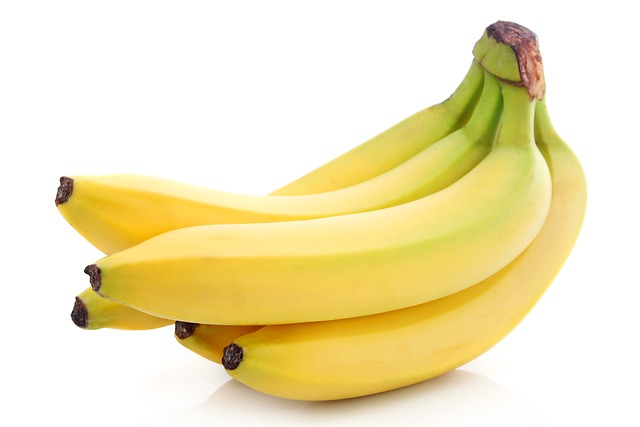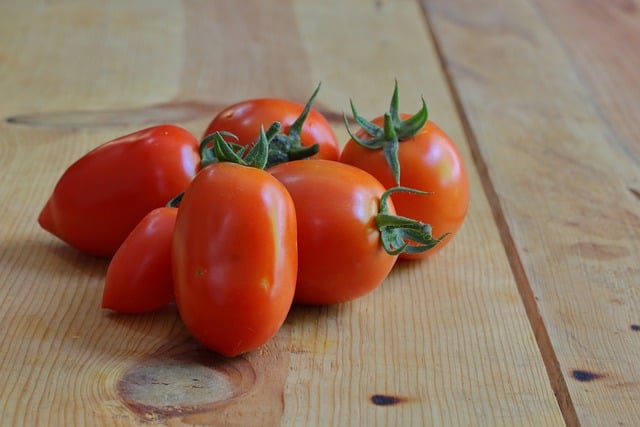A Conversation Between Two Experts on Heme and Chronic Disease
Dr. Emily Carter (Nutrition Scientist): Welcome, Dr. Hughes! I’m really looking forward to our discussion today. There’s been a lot of debate lately about heme iron—the type of iron found in meat—and its potential links to chronic diseases. Some say it’s just a necessary nutrient, while others argue it may play a role in diseases like diabetes, heart disease, and even cancer. What’s your take?
Dr. Michael Hughes (Epidemiologist & Public Health Researcher): Thanks, Dr. Carter! Yes, the role of heme in health is a hot topic right now. While iron is essential for our body, research suggests that the specific form of iron found in red and processed meats—heme iron—may contribute to disease development. Unlike non-heme iron found in plants, heme iron is absorbed much more efficiently, which can sometimes be a double-edged sword.
What is Heme Iron and Why Does It Matter?
Dr. Carter: So, for those unfamiliar, let’s define heme iron. It’s the type of iron found in the blood and muscle of animals, making it highly bioavailable for humans. That’s why red meats like beef and lamb, as well as organ meats, are considered rich sources of iron. However, there’s growing evidence that high intake of heme iron could be linked to oxidative stress, inflammation, and even chronic diseases.
Dr. Hughes: Exactly. Unlike non-heme iron, which our bodies regulate more efficiently, heme iron is absorbed directly. This can sometimes lead to iron overload, which is associated with increased production of free radicals—unstable molecules that can damage cells and contribute to conditions like cancer and cardiovascular disease.
Does Heme Iron Increase the Risk of Chronic Diseases?
Dr. Carter: Let’s talk about some of the research. One major study published in the Journal of the American Medical Association (JAMA) highlighted that individuals with higher heme iron intake had a greater risk of developing type 2 diabetes. Other meta-analyses have linked high heme iron consumption to heart disease and stroke. What’s the mechanism behind this?
Dr. Hughes: One theory is that heme iron contributes to increased oxidative stress and inflammation, both of which are major drivers of chronic diseases. There’s also evidence that heme iron interacts with gut bacteria to produce harmful compounds like N-nitroso compounds (NOCs), which have been classified as potential carcinogens.
Does Heme Iron Play a Role in Cancer Development?
Dr. Carter: The link between meat and cancer is something the World Health Organization (WHO) has flagged, classifying processed meats as Group 1 carcinogens—meaning there’s strong evidence they cause cancer. But is it the heme iron itself that’s the problem, or is it something else in the meat?
Dr. Hughes: That’s the tricky part! It could be a combination of factors. While heme iron is a major suspect, processed meats also contain other carcinogens like heterocyclic amines (HCAs) and polycyclic aromatic hydrocarbons (PAHs), which are formed during high-temperature cooking. However, some studies have attempted to isolate heme iron’s effects by comparing individuals who eat different amounts of heme but similar amounts of meat. The NIH-AARP Diet and Health Study, one of the largest observational studies on diet and health, found that heme iron intake was independently associated with increased all-cause mortality, meaning it wasn’t just the meat itself but the iron playing a role.
How Does Heme Iron Affect Heart Disease?
Dr. Carter: You mentioned earlier that heme iron can lead to iron overload. How does that tie into heart disease?
Dr. Hughes: Iron is essential for carrying oxygen in the blood, but too much of it can be harmful. Excess iron promotes oxidative stress, which damages blood vessels and leads to plaque buildup—a process called atherosclerosis. Multiple studies have linked high heme iron intake to an increased risk of coronary artery disease (CAD) and hypertension.
What About Plant-Based Meats? Is Heme Still a Problem?
Dr. Carter: That brings us to an interesting debate. Some plant-based meat companies, like Impossible Foods, add a synthetic form of heme from soy plants to their products to mimic the taste of real meat. Is that a cause for concern?
Dr. Hughes: That’s an excellent question! While the U.S. FDA has declared soy-derived heme safe for consumption, we still don’t have long-term studies on how it affects human health. The issue isn’t necessarily the source of heme—it’s the potential role of heme in creating harmful byproducts. The concern is that, regardless of whether it’s from meat or plants, excess heme may still contribute to the production of NOCs and oxidative stress.
So, Should People Avoid Meat Altogether?
Dr. Carter: That’s the big question. Should people cut out red meat completely, or is there a middle ground?
Dr. Hughes: I don’t think we need to be alarmist. Red meat in moderation isn’t necessarily harmful, especially if consumed alongside a diet rich in antioxidant-packed fruits and vegetables. The Mediterranean diet, for example, includes small amounts of red meat but emphasizes plant-based foods, which may help offset some of the risks.
How Can Consumers Make Healthier Choices?
Dr. Carter: If someone wants to continue eating meat but reduce potential risks, what are some actionable steps they can take?
Dr. Hughes: Great question! Here are a few tips:
- Limit Processed Meats – Bacon, sausages, and hot dogs contain not only heme iron but also other carcinogenic compounds.
- Choose Lean Cuts – Opt for lean meats like chicken, turkey, or fish, which contain lower levels of heme iron.
- Pair with Plant-Based Foods – Vegetables, whole grains, and legumes can help neutralize oxidative stress.
- Cook at Lower Temperatures – Grilling and frying meat at high temperatures produce harmful chemicals like HCAs and PAHs.
- Consider Iron Balance – Too much iron isn’t good, but too little is also problematic. Get your iron levels checked, especially if you follow a plant-based diet.
Final Thoughts: Is Heme an Innocent Bystander or a Real Culprit?
Dr. Carter: After everything we’ve discussed, do you think heme is the real villain here, or is it just a marker for overall meat intake?
Dr. Hughes: It’s likely a combination of both. While heme iron may not be the sole cause of chronic diseases, it’s certainly one of the key factors contributing to the risks associated with high meat consumption. The fact that high-heme diets correlate with diseases like diabetes, heart disease, and cancer suggests that we should pay attention to how much we consume.
Dr. Carter: Agreed. Ultimately, the best approach is balance—being mindful of heme intake while also focusing on a well-rounded, nutrient-rich diet.
Final Takeaway: While meat provides valuable nutrients, excessive heme iron intake may contribute to various chronic diseases. Moderation, along with smart dietary choices, is the best strategy for long-term health. If more research confirms heme’s independent role in disease, we may need to rethink how we approach red meat consumption altogether.


